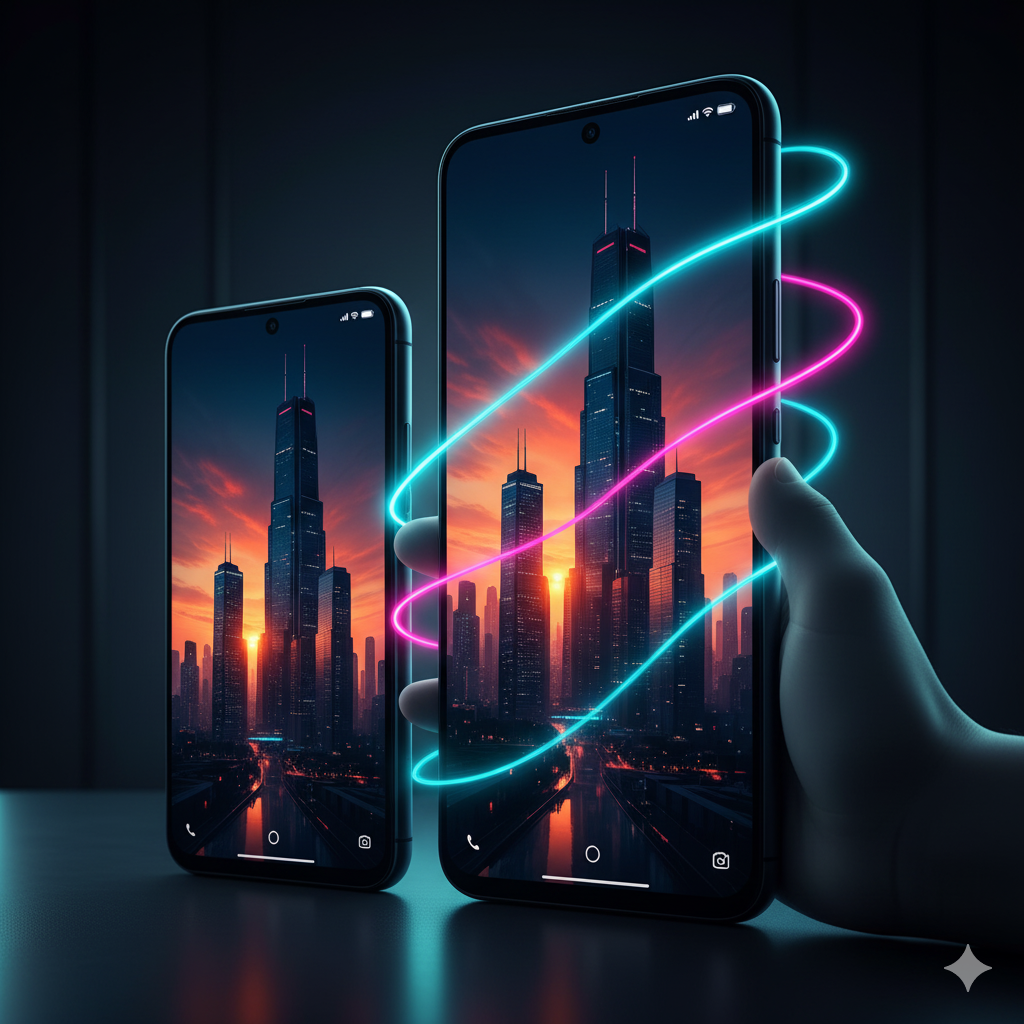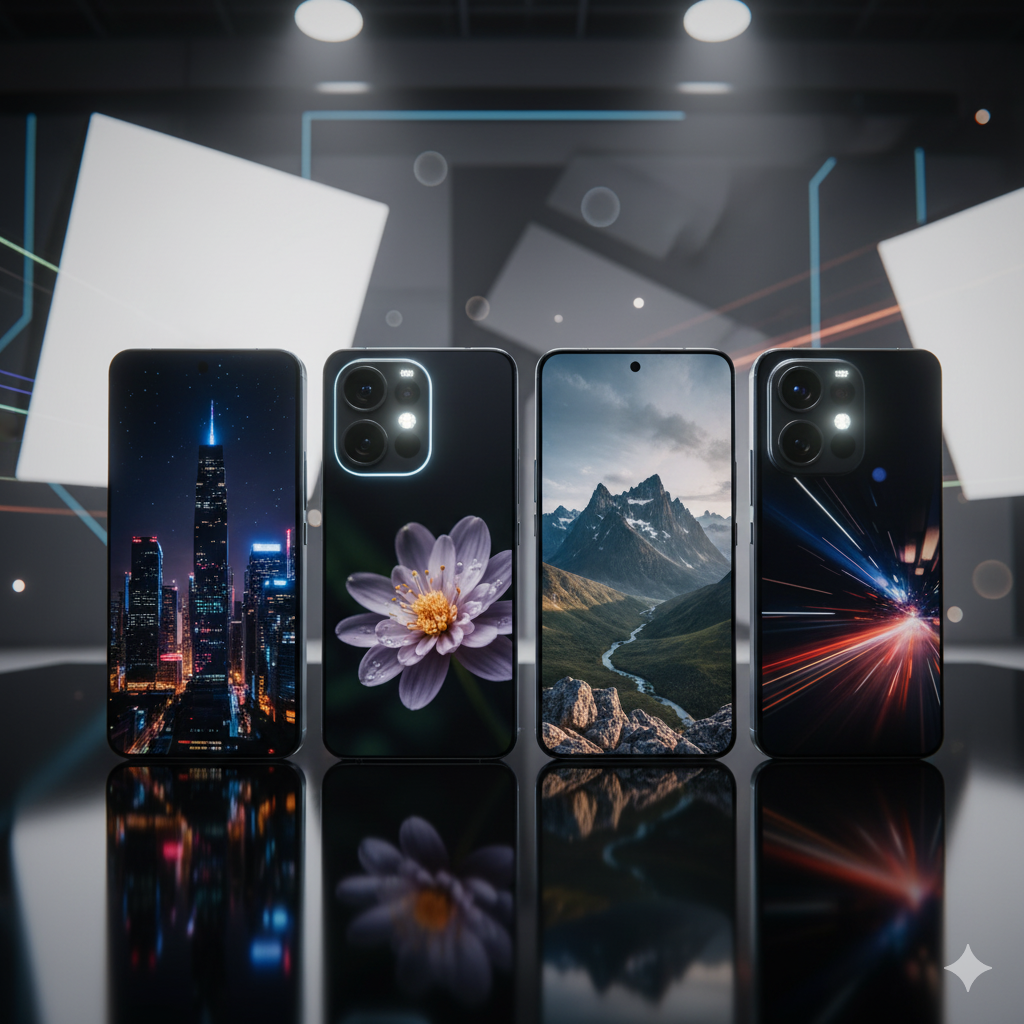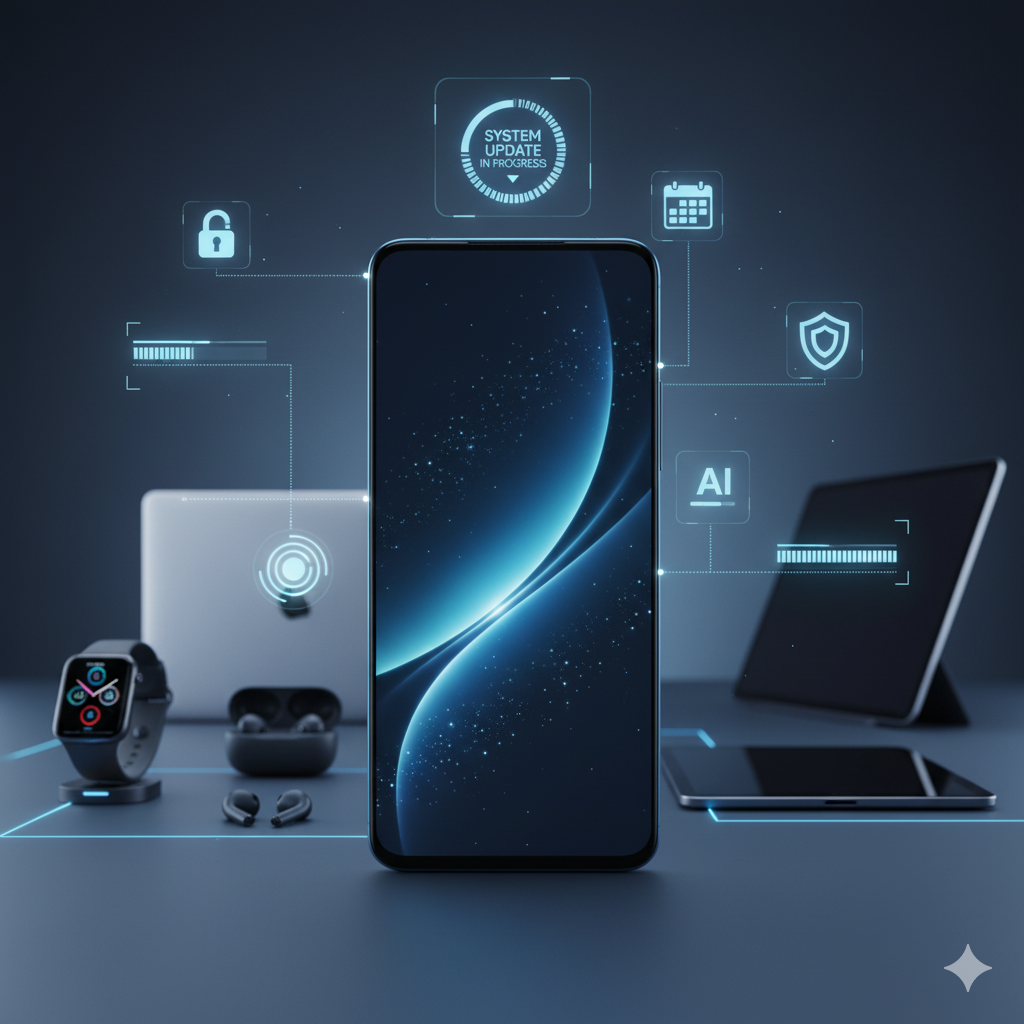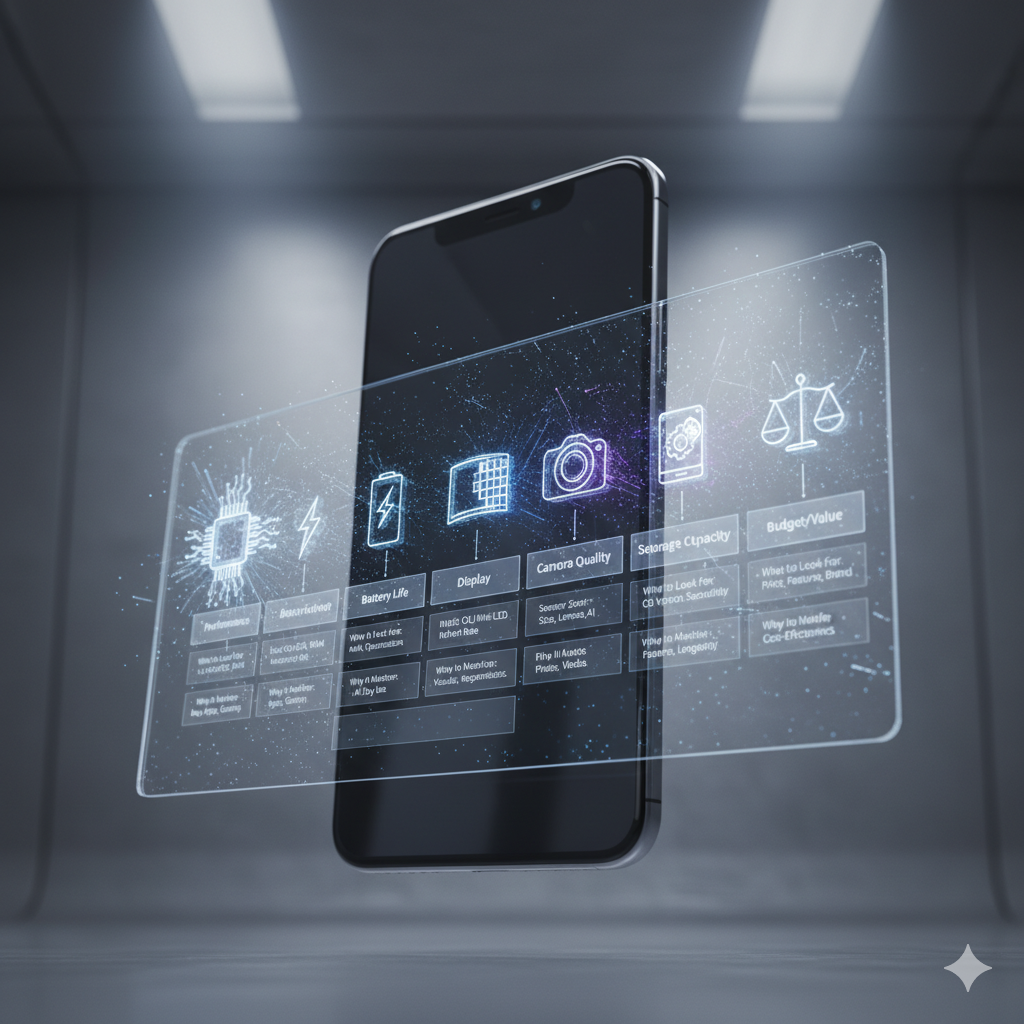Buying a new smartphone is exciting but can be overwhelming with the ever-growing list of features, specs, and models. Making the wrong choice can cost you time, money, and convenience.
This guide outlines seven essential considerations to help you choose a smartphone that fits your needs, lifestyle, and budget in 2025 — making your purchase smart and stress-free.

Why Thinking Before Buying Matters
Smartphones are integral to daily life — for communication, work, entertainment, and productivity. Choosing the wrong device can lead to frustrations like poor battery life, slow performance, or inadequate camera quality. Being deliberate ensures long-term satisfaction.
░ MORE FROM GUIDES

1. Performance and Processor
The processor determines how smoothly your smartphone runs apps and handles multitasking.
- Look for modern chipsets that balance speed and efficiency.
- Consider RAM: 4–6GB is sufficient for casual users; 8GB+ for power users or gamers.
- Check benchmark scores for demanding apps or games.
Fast processors aren’t just about gaming — they affect everyday responsiveness, app loading times, and future-proofing.

2. Battery Life
Battery longevity is critical.
Check real-world endurance reviews — manufacturer claims may differ from usage experience.
Larger batteries (4000–5000mAh) typically last all day with moderate use.
Consider phones with fast charging support.
3. Display Quality
Screen quality affects your viewing and interaction experience.
Screen size should match your comfort for one-handed use or portability.
AMOLED displays offer better contrast and color saturation than LCDs.
Consider refresh rates: 90Hz or 120Hz for smoother scrolling and gaming.


4. Camera Performance
Smartphone cameras vary widely. Focus on:
Front-facing camera quality for selfies and video calls
Primary camera megapixels and sensor quality
Low-light and night mode performance
Video stabilization and additional lenses (ultra-wide, macro)
5. Storage Options
Ensure enough storage for apps, media, and updates:
Check if expandable storage via microSD is supported if needed
64GB minimum for light users
128GB+ for photos, videos, and large apps


6. Software & Updates
Software impacts usability and security:
Consider ecosystem compatibility with other devices (smartwatches, tablets, PCs).
Choose phones with a clean interface and easy navigation.
Verify how long the manufacturer provides updates and security patches.
7. Budget and Value for Money
Set a realistic budget and identify must-have features:
Look for long-term value rather than just the lowest price
Compare devices in the same price range
Don’t overspend on unnecessary specs


Comparison Table: Key Considerations
| Consideration | What to Look For | Why It Matters |
|---|---|---|
| Performance | Modern processor, sufficient RAM | Smooth multitasking & future-proofing |
| Battery | 4000–5000mAh, fast charging | All-day use & convenience |
| Display | AMOLED/LCD, high refresh rate | Visual quality & usability |
| Camera | Sensor quality, low-light performance | Photo/video satisfaction |
| Storage | 64GB minimum, expandable | Avoid running out of space |
| Software | Update support, clean interface | Security & smooth experience |
| Budget | Balanced features vs. cost | Best value for money |
Final Thoughts
Choosing your next smartphone requires balancing performance, battery, display, camera, and price. By carefully considering these seven factors, you ensure a device that meets your daily needs, stays relevant longer, and provides a satisfying experience in 2025.

Key Takeaway
“Smart buyers weigh performance, battery, display, camera, and budget — making informed choices ensures their smartphone enhances daily life rather than complicating it.”

